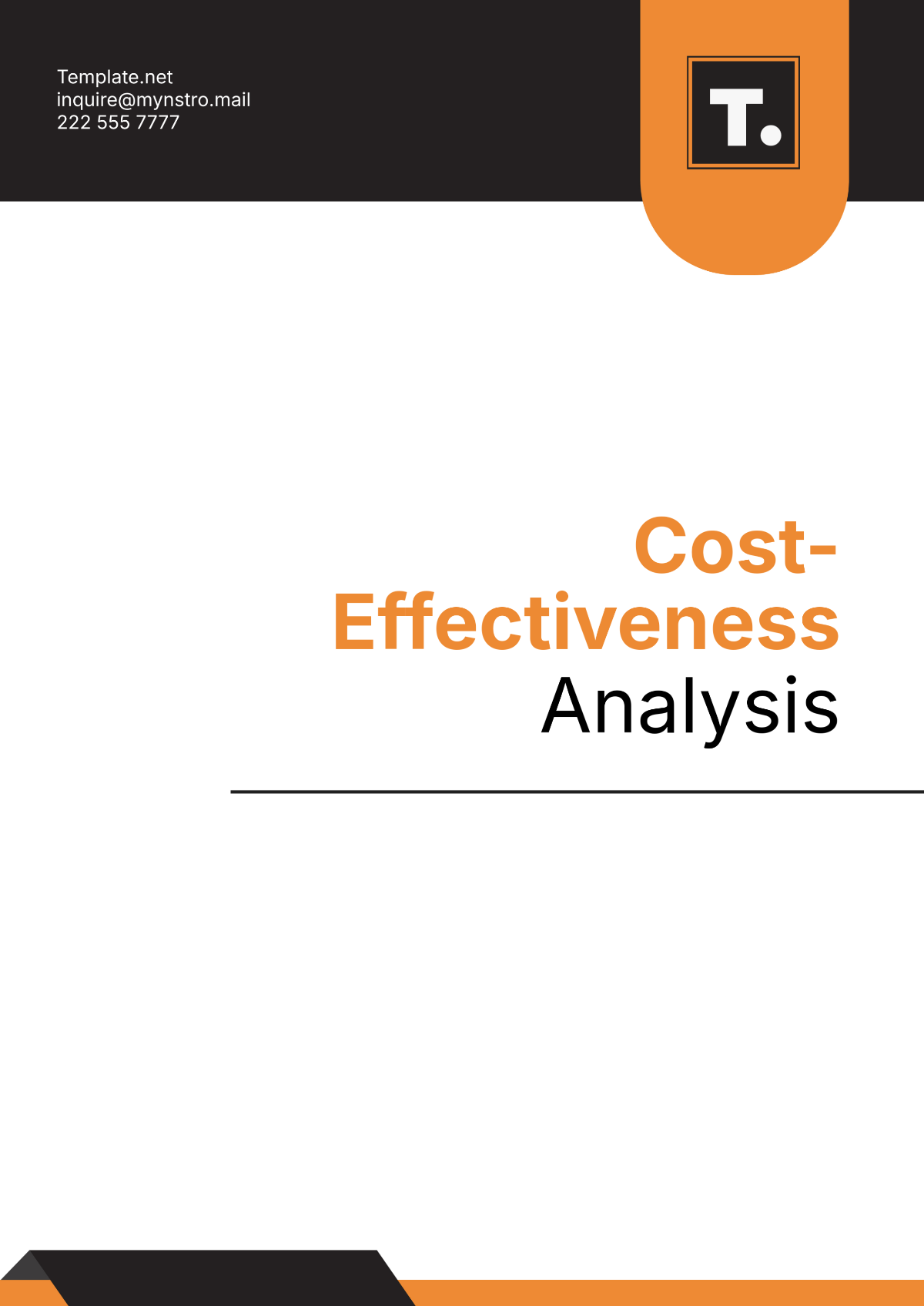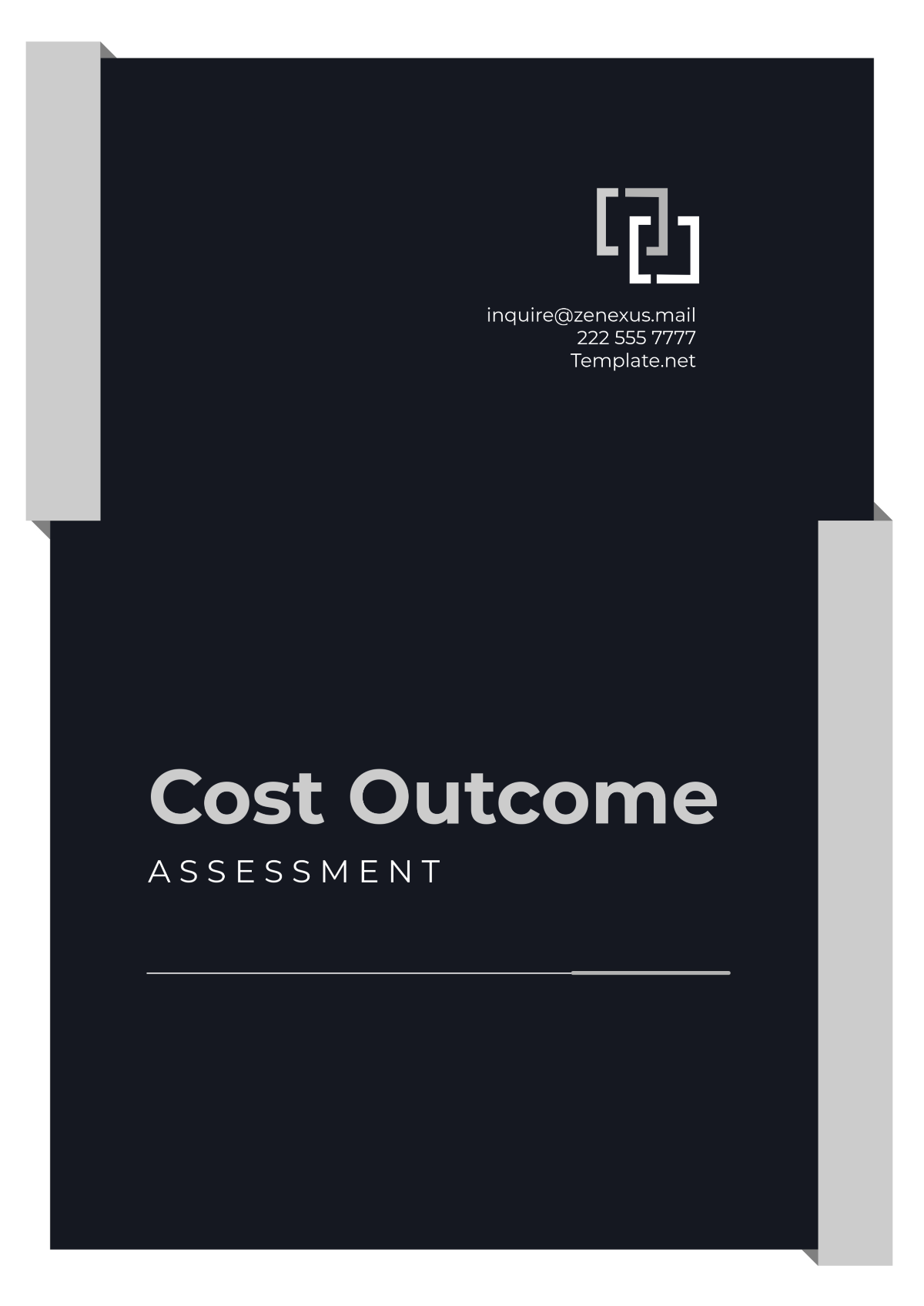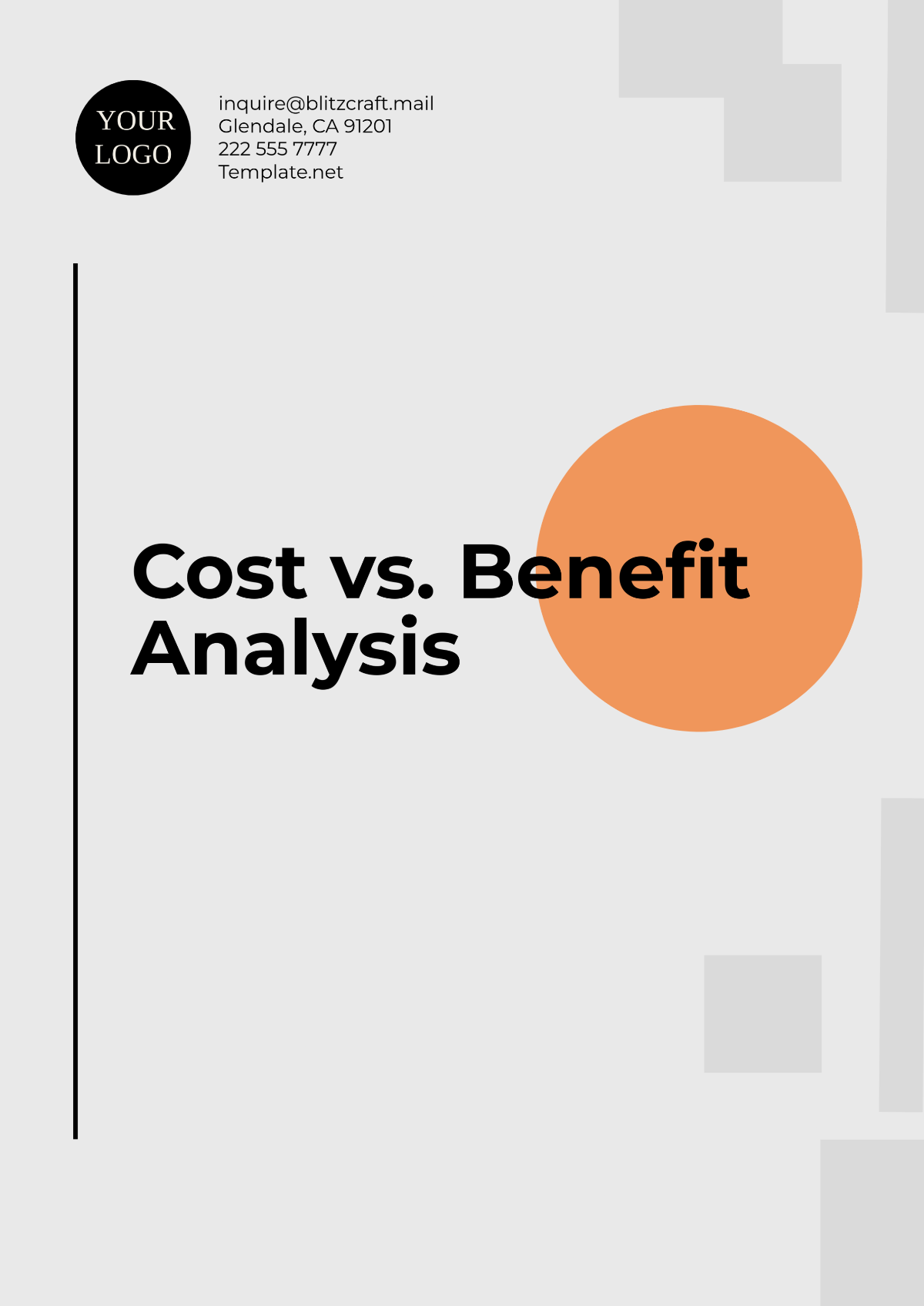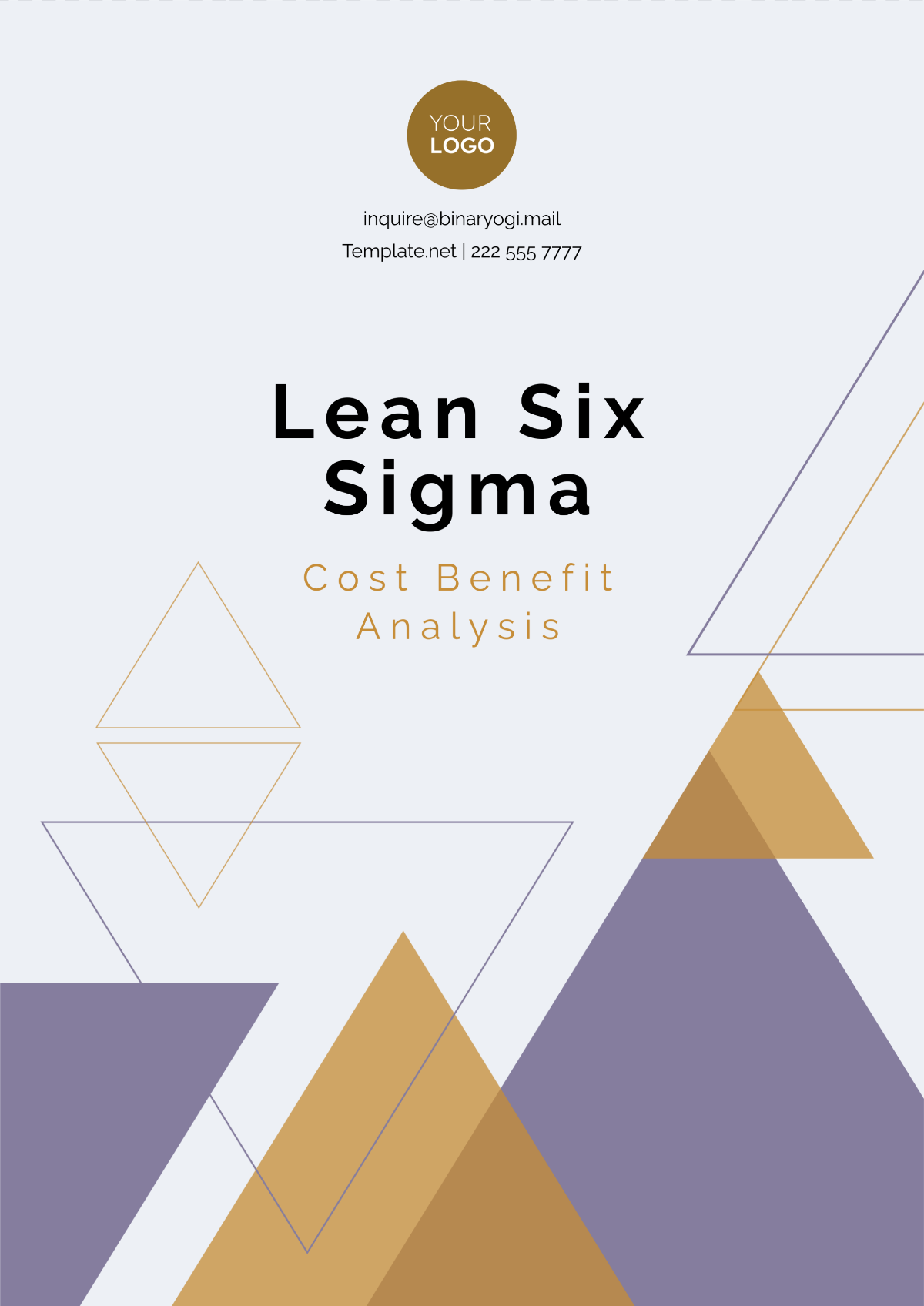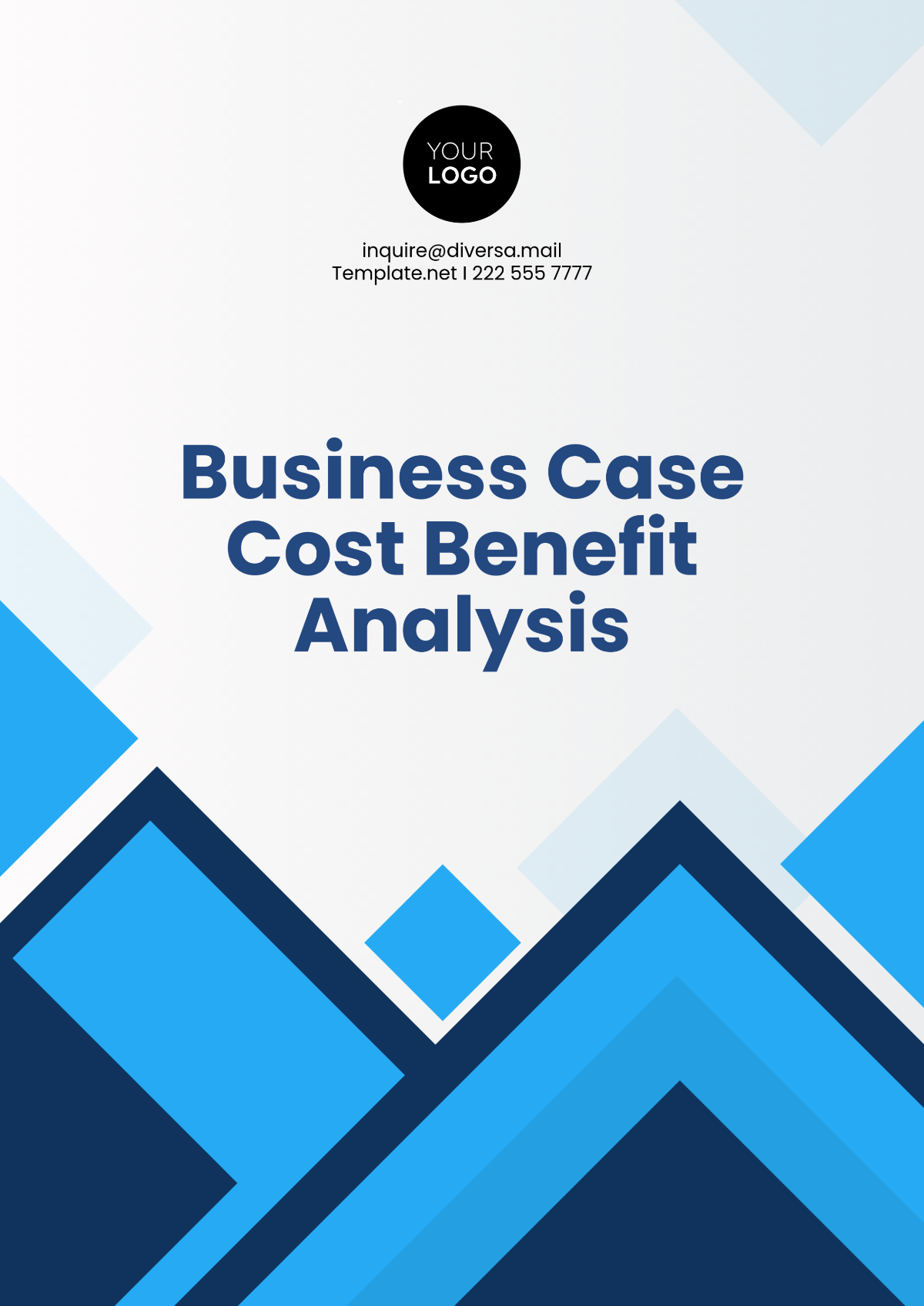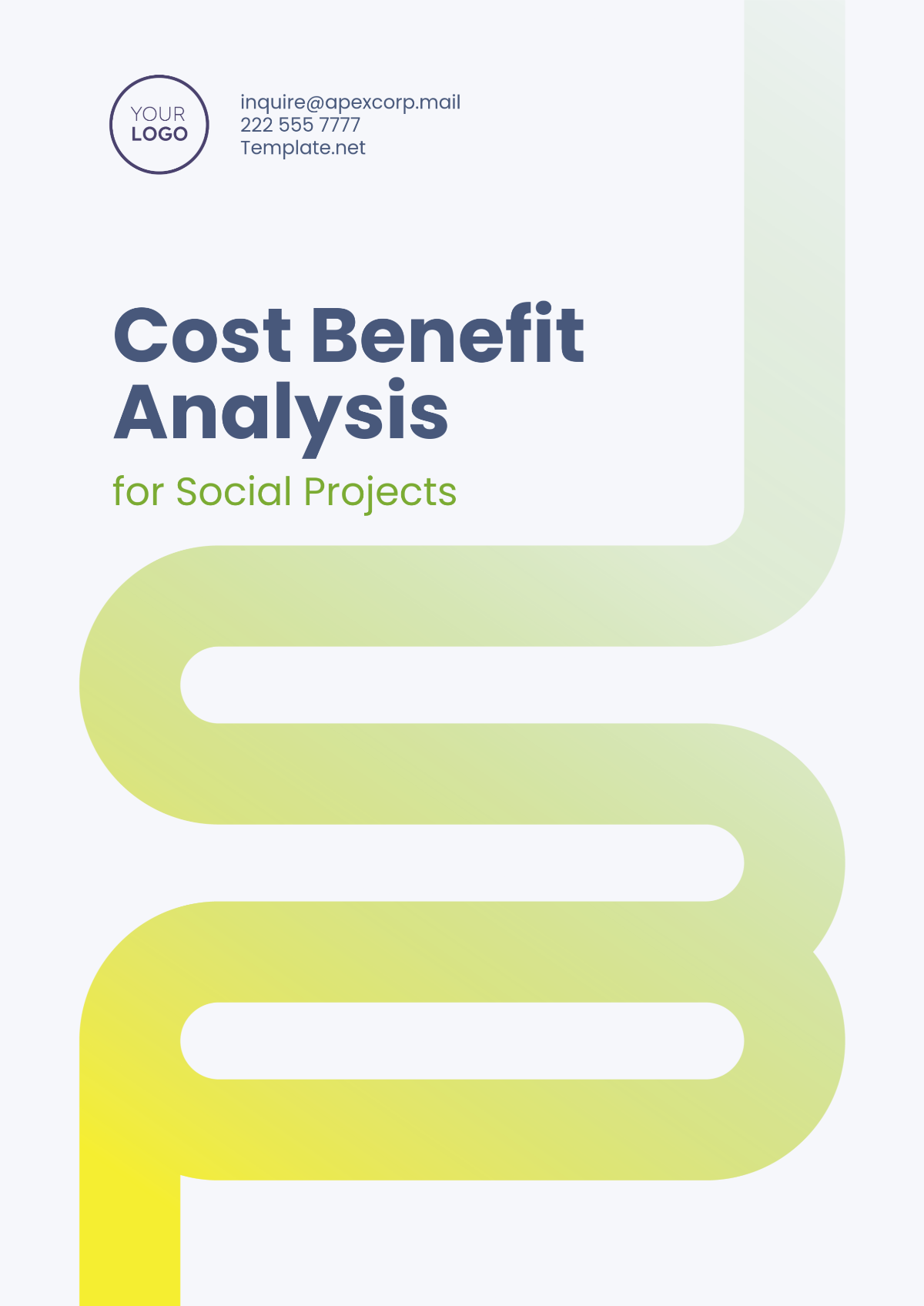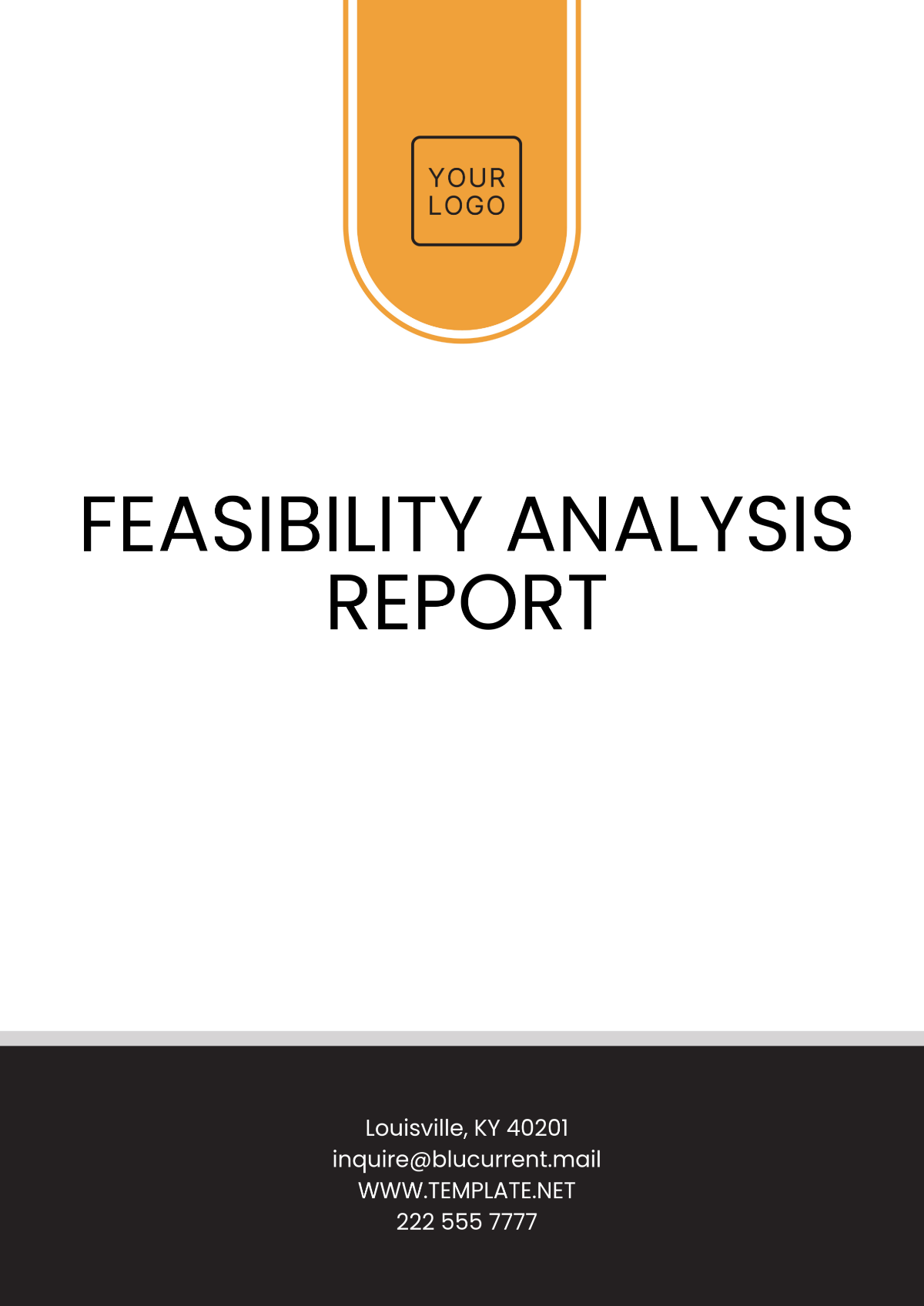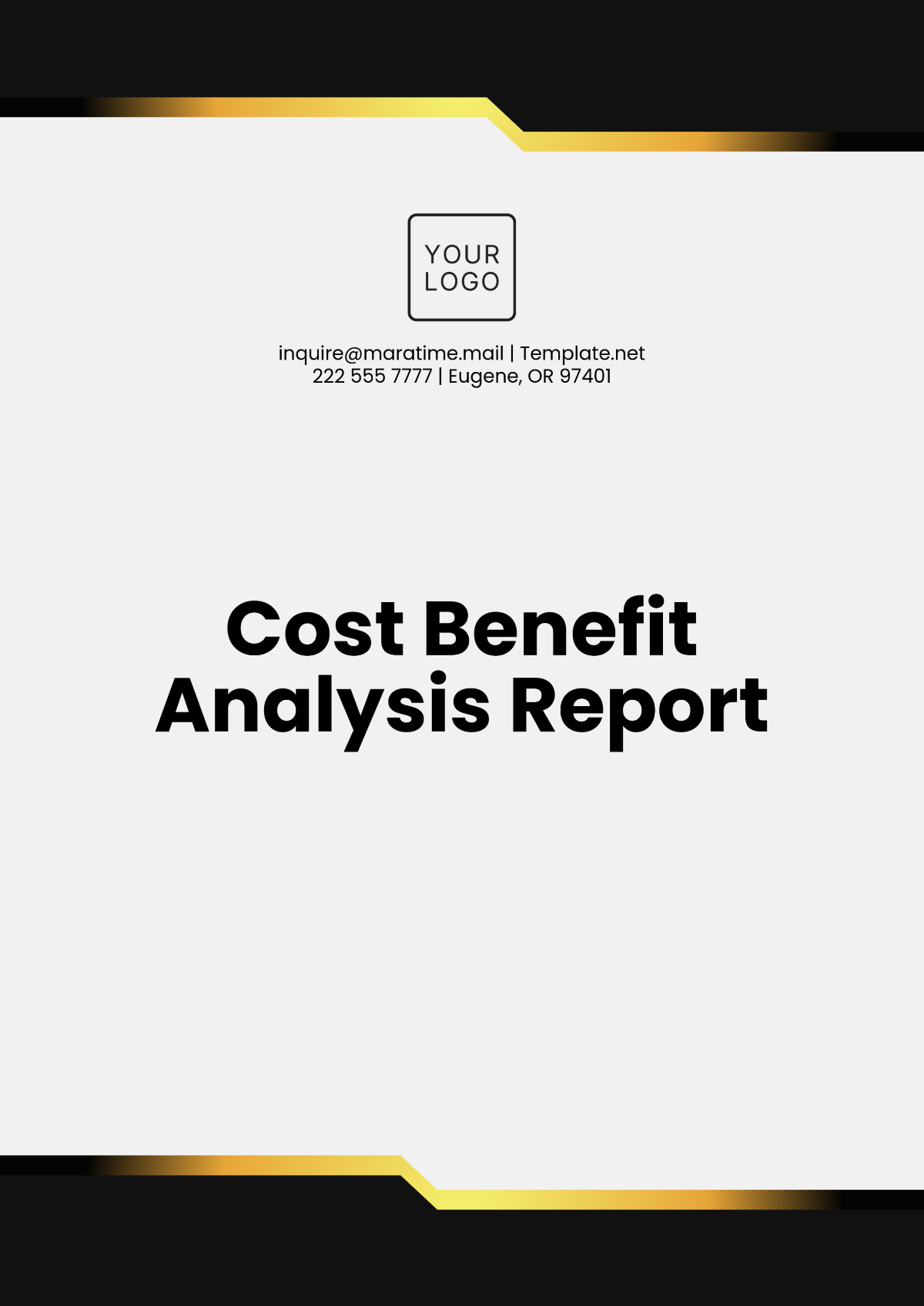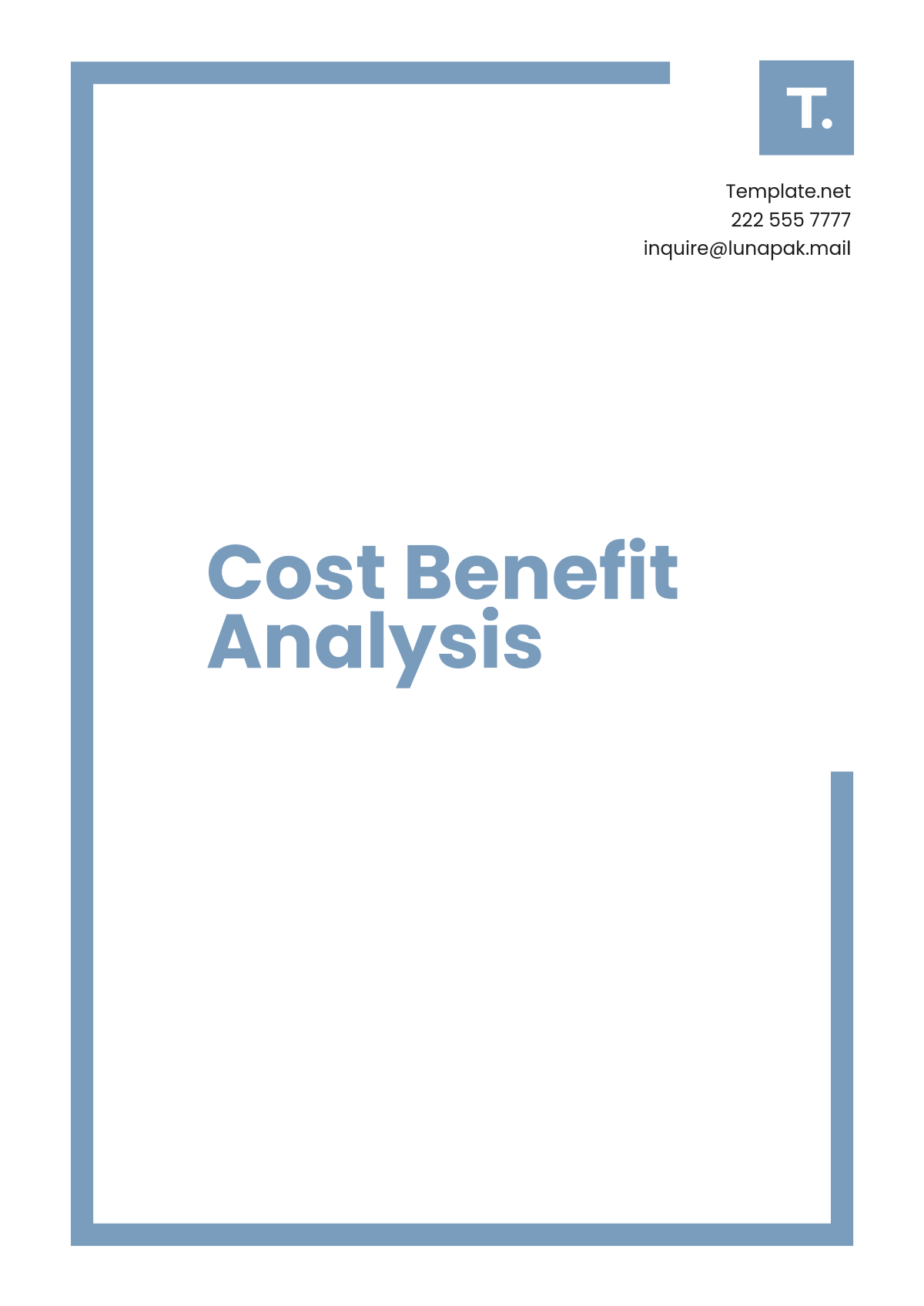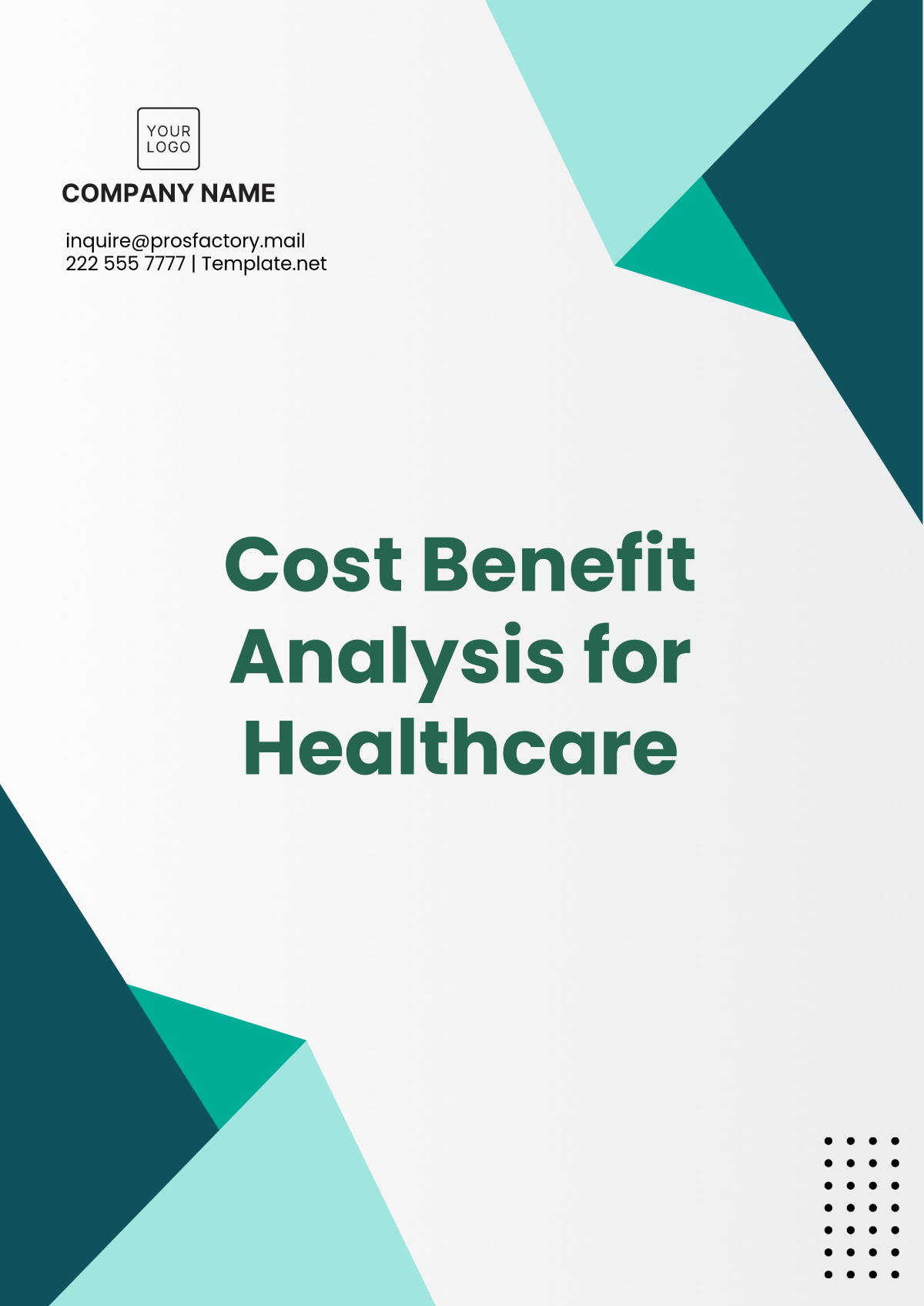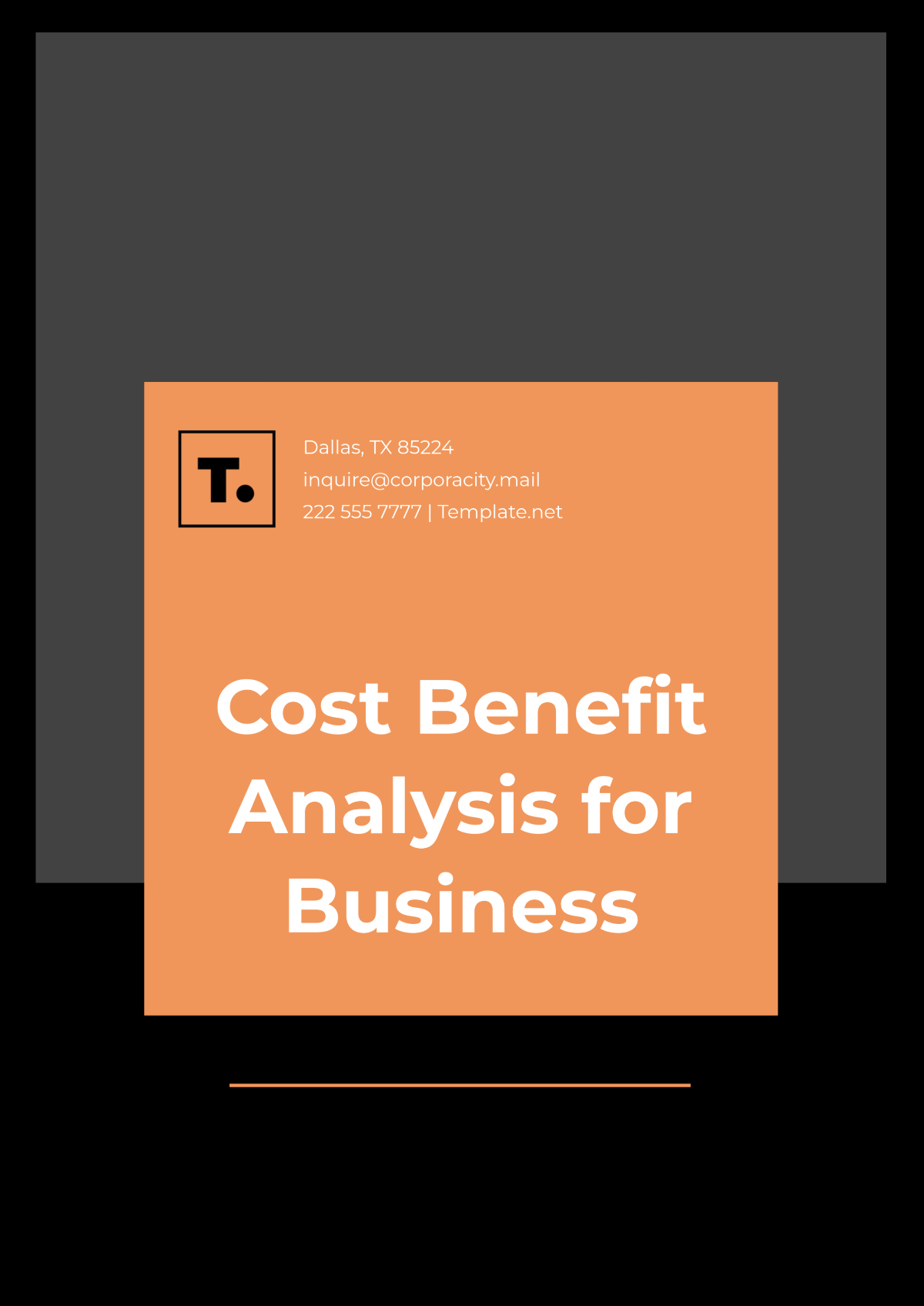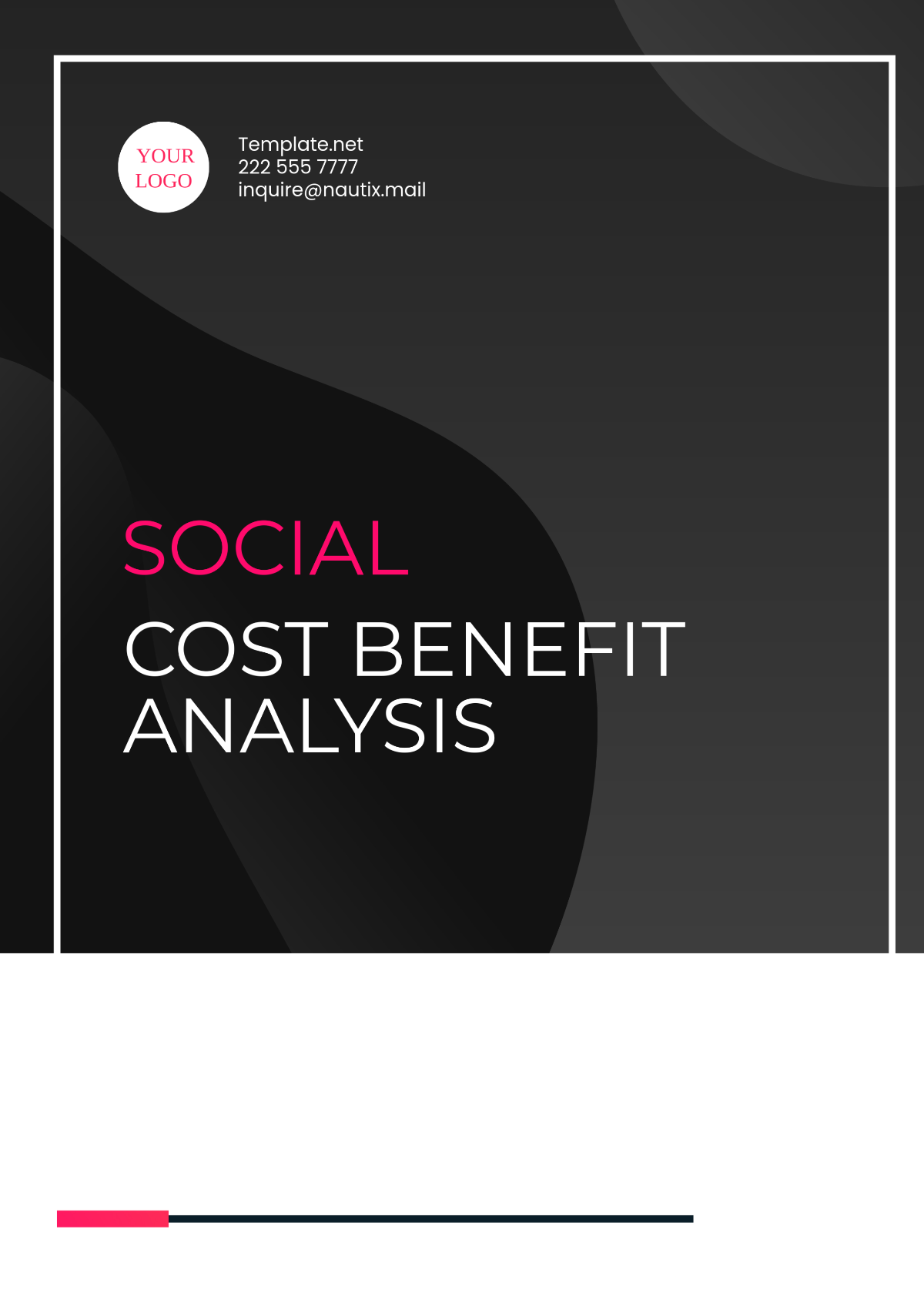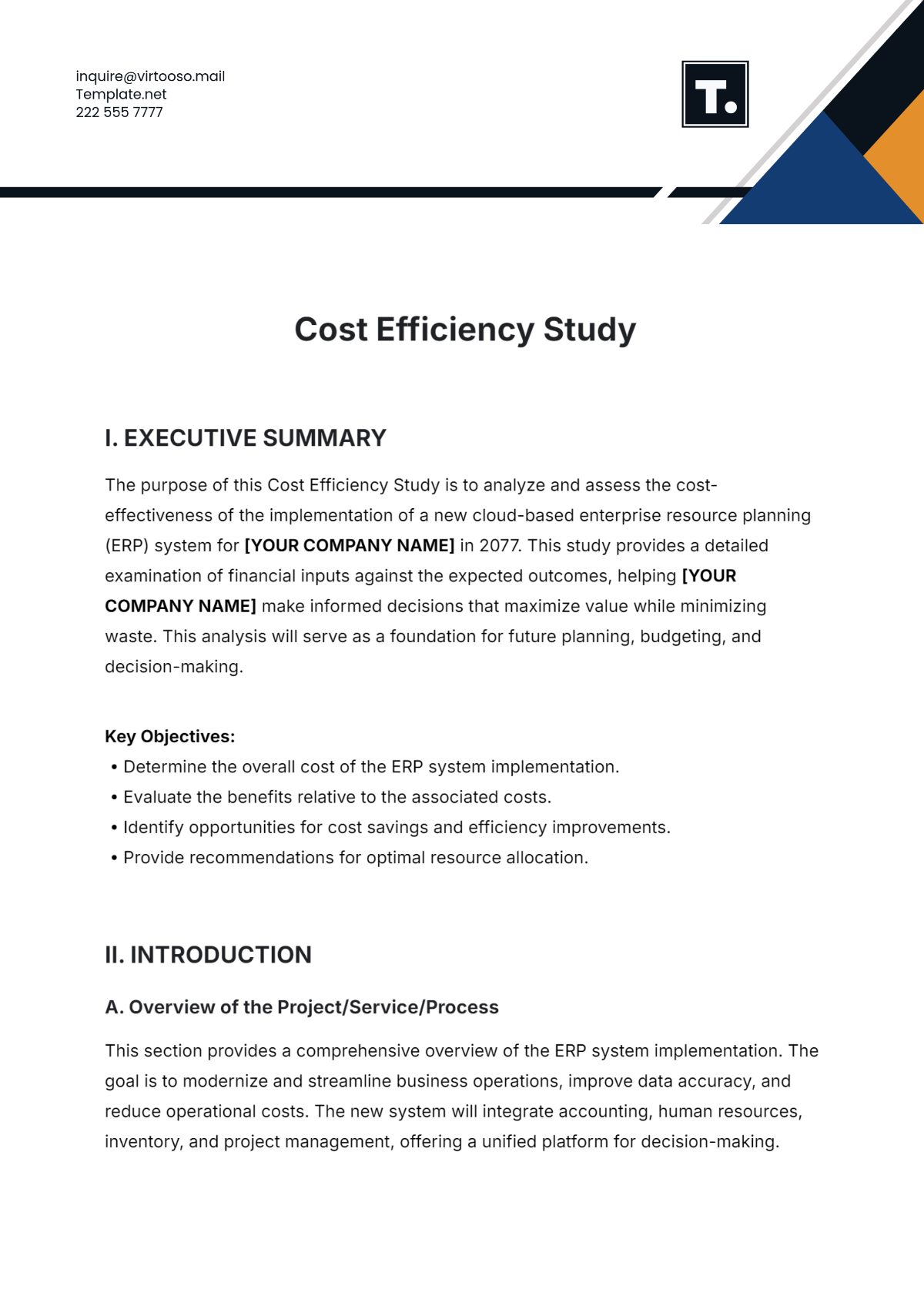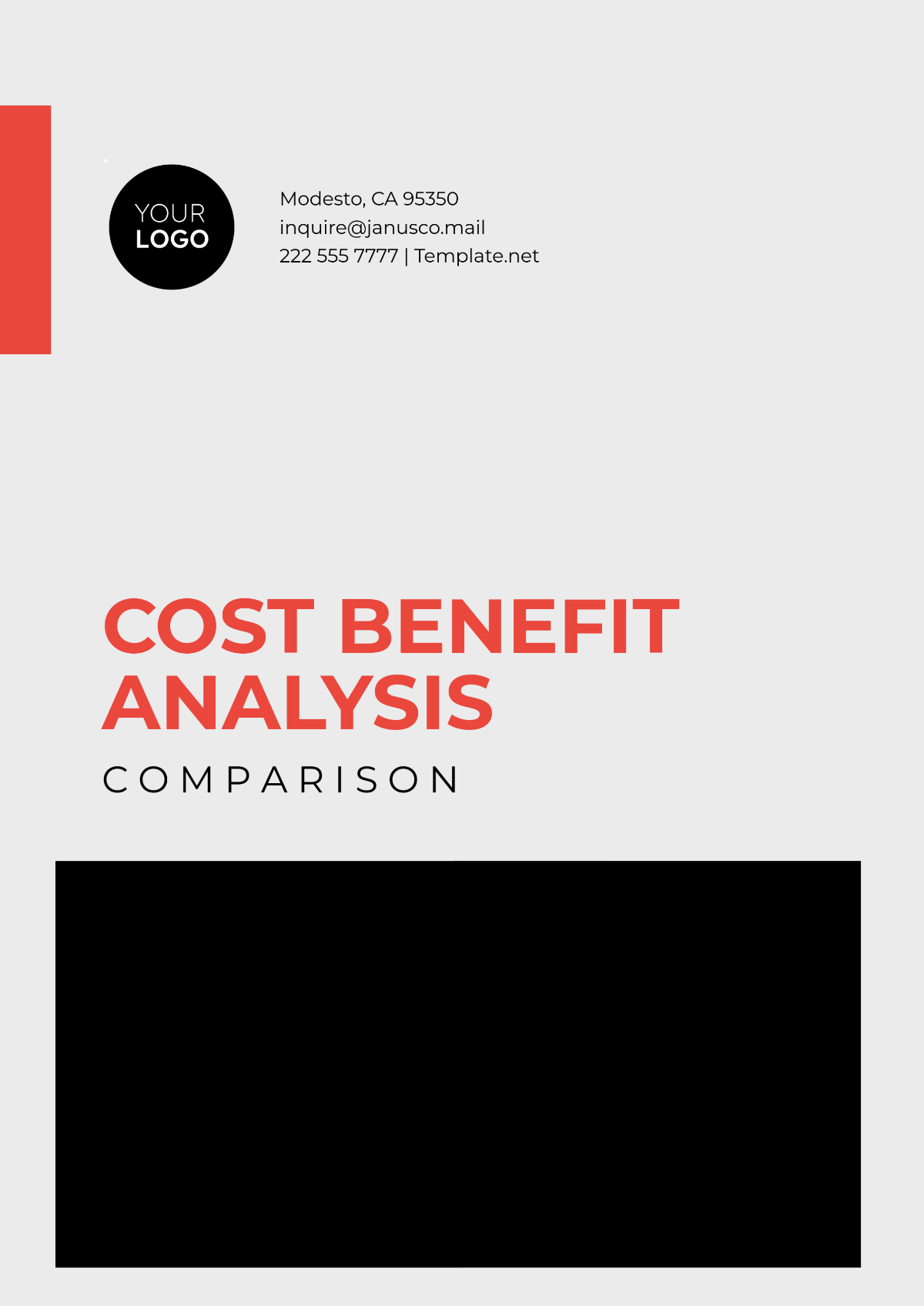Sales Financial Analysis Of Presentation Impact
Prepared by: [Your Name]
Date: [October 23, 2050]
Executive Summary
This document provides a comprehensive financial analysis of the impact of our sales presentations and collaterals over the last three years, from 2050 to 2053. The analysis aims to assess the effectiveness of our sales materials in driving revenue growth and enhancing the overall performance of the sales team. This analysis showcases the financial impact of our investment in sales presentations and collaterals, highlighting the growth, improvements, and cost efficiencies achieved during this period.
Introduction
Effective sales presentations and collateral play a crucial role in influencing consumer decisions and driving revenue. This report presents a detailed financial analysis of the performance of our sales presentations and collaterals during the specified period. The analysis covers key financial metrics and their impact on our bottom line. By evaluating these metrics, we can gain insights into the return on investment (ROI) and effectiveness of our sales materials.
Methodology
The methodology section outlines how we collected, analyzed, and interpreted the data to arrive at our findings. Our approach was comprehensive and data-driven, consisting of the following key steps:
Data Collection:
We collected data from multiple sources, including our CRM system, marketing analytics, and sales performance records. This data encompassed various aspects of our sales operations, including revenue, conversion rates, deal sizes, sales cycle lengths, and the costs associated with sales collaterals.
Data Segmentation:
We segmented the data by year (2050, 2051, 2052, and 2053) to observe trends and changes over the specified period. This allowed us to assess the impact of sales presentations and collaterals on an annual basis.
Statistical Analysis:
We conducted statistical analyses to identify patterns and correlations within the data. This involved running regression analyses, trend analysis, and correlation analysis to understand the relationships between different variables.
Comparison and Benchmarking:
We compared our data with industry benchmarks and best practices to provide context for our findings and assess our performance against industry standards.
Financial Modeling:
We created financial models to estimate the potential impact of our sales presentations and collaterals on revenue and profitability. These models helped us project the financial implications of different scenarios.
Key Findings
A. Sales Revenue Growth
Year | Sales Revenue (in millions) |
2050 | $10,000,000 |
2051 | $11.5 |
2052 | $12.7 |
2053 | $13.5 |
Our sales presentations and collaterals have consistently contributed to revenue growth over the past three years.
In 2050, we generated $10 million in revenue, which increased to $13.5 million in 2053, marking a 35% growth in revenue.
B. Conversion Rate Improvement
Year | Conversion Rate (%) |
2050 | 25% |
2051 | 27% |
2052 | 29% |
2053 | 32% |
The conversion rate, which stood at 25% in 2050, has steadily increased year by year.
In 2053, our conversion rate reached 32%, indicating a 28% improvement over the analysis period.
C. Average Deal Size Increase
Year | Average Deal Size ($) |
2050 | $20,000 |
2051 | $21,500 |
2052 | $23,000 |
2053 | $25,000 |
The average deal size has experienced positive growth, from $20,000 in 2050 to $25,000 in 2053.
This represents a 25% increase in the average deal size.
D. Reduced Sales Cycle Length
Year | Sales Cycle Length (days) |
2050 | 120 |
2051 | 115 |
2052 | 100 |
2053 | 90 |
Our sales cycle length has decreased from 120 days in 2050 to 90 days in 2053.
This represents a 25% reduction in the time it takes to close deals, allowing us to be more agile and responsive to customer needs.
E. Cost Control
Year | Cost of Sales Collaterals (in thousands) |
2050 | $500 |
2051 | $500 |
2052 | $500 |
2053 | $500 |
We have efficiently managed our sales collaterals budget, maintaining it at $500,000 annually from 2050 to 2053.
This consistent budget control has resulted in a higher return on investment (ROI).
Financial Impact
The financial impact of our sales presentations and collaterals is a testament to their strategic importance in our revenue growth and overall profitability. The following key financial implications underscore the significance of our investment in these materials:
A. Total Revenue Increase:
Over the three-year period, the contribution of our sales presentations and collaterals to revenue growth has been substantial. The table below illustrates the incremental revenue gains:
Year | Sales Revenue (in millions) | Sales Materials Contribution (in millions) |
2050 | $10.0 | - |
2051 | $11.5 | $1.5 |
2052 | $12.7 | $2.2 |
2053 | $13.5 | $3.5 |
In 2050, our total revenue was $10 million.
By 2053, our revenue had grown to $13.5 million.
The contribution of our sales materials to this revenue growth amounted to $3.5 million over the three-year period.
This represents a 35% growth in revenue over the analysis period, directly attributable to the influence of our sales presentations and collaterals.
B. Conversion Rate Improvement:
Improving our conversion rates has had a profound impact on our financial performance. The table below highlights the contribution of conversion rate improvement to revenue growth:
Year | Sales Revenue (in millions) | Conversion Rate Contribution (in millions) |
2050 | $10.0 | - |
2051 | $11.5 | $0.75 |
2052 | $12.7 | $1.26 |
2053 | $13.5 | $2.04 |
In 2050, our conversion rate was 25%.
By 2053, our conversion rate had increased to 32%.
The direct contribution of conversion rate improvement to our revenue growth was $2.04 million.
This reflects a 28% improvement in conversion rates over the analysis period, showcasing the positive financial impact of our sales materials on our overall performance.
C. Average Deal Size Increase:
The increase in our average deal size has significantly enhanced our profitability. The table below demonstrates the influence of deal size improvement on our financial performance:
Year | Sales Revenue (in millions) | Deal Size Contribution (in millions) |
2050 | $10.0 | - |
2051 | $11.5 | $0.3 |
2052 | $12.7 | $0.9 |
2053 | $13.5 | $1.5 |
In 2050, our average deal size was $20,000.
By 2053, our average deal size had grown to $25,000.
The direct contribution of deal size improvement to our revenue growth was $1.5 million.
This represents a remarkable 25% increase in average deal size, directly impacting our bottom line and profitability.
D. Reduced Sales Cycle Length:
Shortening our sales cycle has enabled us to capture revenue more swiftly. The table below outlines the financial benefits of reducing the sales cycle length:
Year | Sales Revenue (in millions) | Sales Cycle Length Benefit (in millions) |
2050 | $10.0 | - |
2051 | $11.5 | $0.25 |
2052 | $12.7 | $0.8 |
2053 | $13.5 | $1.5 |
In 2050, our average sales cycle length was 120 days.
By 2053, we had reduced it to 90 days.
The direct financial benefit of this reduced sales cycle was $1.5 million.
This represents a 25% reduction in the time it takes to close deals, enhancing our revenue capture efficiency and overall financial performance.
E. Cost Control:
Efficiently managing our budget for sales collaterals has yielded cost savings and improved ROI. The table below highlights the budget control and financial impact:
Year | Cost of Sales Collaterals (in thousands) | Cost Savings (in thousands) |
2050 | $500 | - |
2051 | $500 | - |
2052 | $500 | - |
2053 | $500 | - |
We maintained a consistent budget of $500,000 for sales collaterals annually.
This budget control has resulted in an effective ROI and cost-effectiveness.
While the cost savings in this category may not directly contribute to revenue growth, it ensures that the investments in sales collaterals are optimized, leading to a higher return on investment.
Conclusion
The financial analysis of our sales presentations and collaterals indicates a positive impact on our revenue and sales performance. The consistent growth in revenue, conversion rates, and deal size, along with the reduction in the sales cycle length, demonstrates the effectiveness of our sales materials. Efficient cost control has further contributed to the overall financial success of our sales operations.
As the Sales Operations Manager, it is essential that we continue to invest in and optimize our sales presentations and collateral to drive even greater financial success in the years to come. This analysis provides a strong foundation for making data-driven decisions and allocating resources strategically to support our sales team and business objectives.



